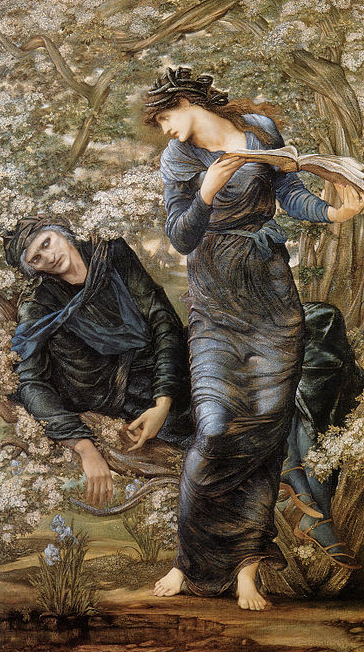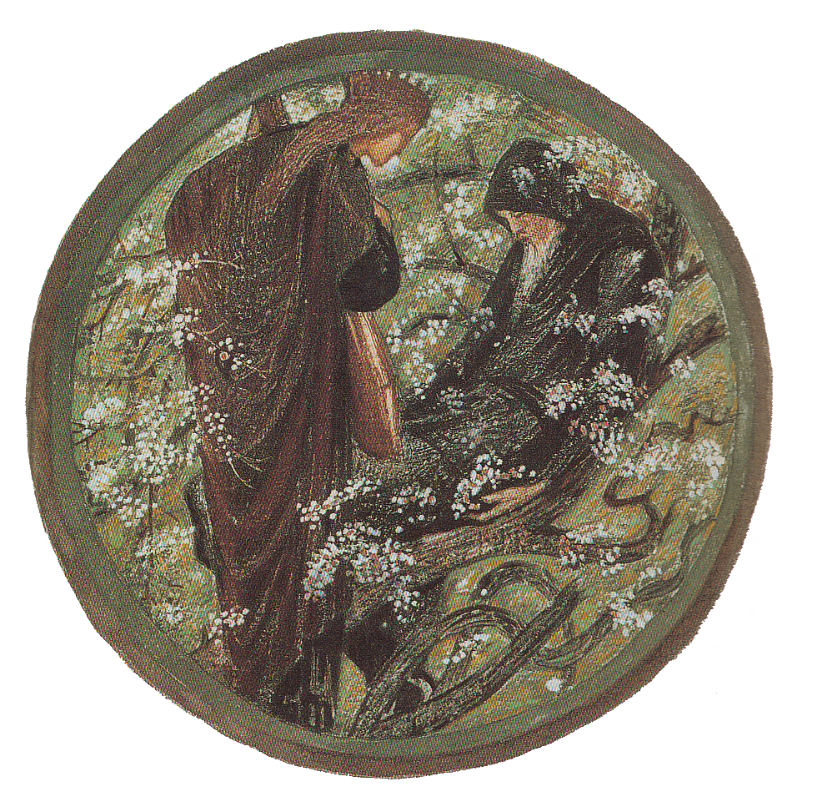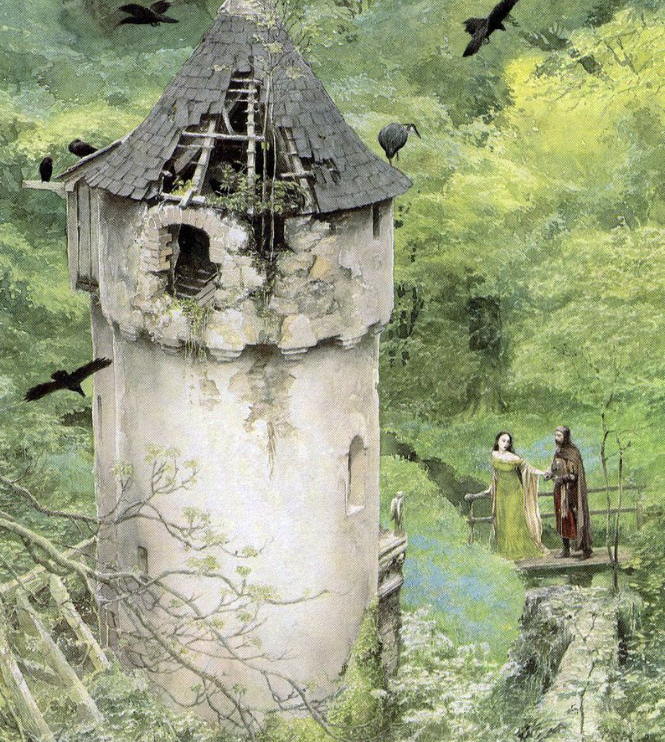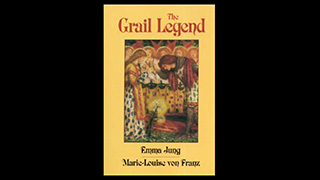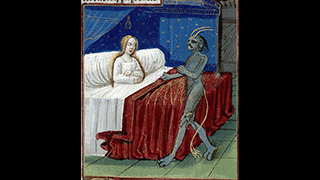The Captivity of Merlin
Edward Burne-Jones……The Beguiling of Merlin……1877
Edward Burne-Jones…..Witches’ Tree….1905
[It was difficult to track down a good summary of the legend of Merlin and The Lady of the Lake; there are many versions. Robyn Pollock’s site provides an extensive bibliography of the legend, including one by Yeats.]
From the Camelot Project, Robyn Pollock
The legend of Merlin and Vivien has survived throughout the ages in a way that not many other stories have. This phenomenon has been made possible because writers have found remarkable ways to transform the characters and the narrative over the centuries. Each version of the story takes elements from its predecessors and blends them with its own story line, character development, and/or social commentary. This overview discusses those versions of the Merlin and Vivien legend in which the most notable changes take place.
The French Vulgate texts establish the idea that Viviane is Merlin’s student as well as the woman that he is in love with. We also learn that Merlin is the son of the devil. Viviane and Merlin are in love, and Viviane wishes to preserve the state of happiness that they are in. There is no deception or malice involved in Viviane’s entrapment of Merlin in the beautiful tower. But in the Post-Vulgate version of the story she is not in love with Merlin and traps him in a much crueler way. The reader of this story is left with the sense that a woman’s charm can render even the wisest man helpless. This sense of helplessness reflects the prejudice that is present in the early Arthurian texts that women are important instruments in the downfall of even the greatest men and kingdoms.
The story takes on an entirely new perspective in Malory’s version in the Morte D’Arthur when Nenyve is not at all interested in Merlin. She is a pure young girl and Merlin can not stop thinking about her and plotting to take her virginity. Merlin’s behavior towards Nenyve shows that he is very inept when it comes to courtly love and society. It proves what an outsider he is within the court. This feeling of being outside of the court, and being “other” is stressed even more by the placement of Merlin’s entrapment within the context of the work as a whole. By getting rid of Merlin very early on, Malory demonstrates that Arthur’s court can survive quite well without the aid of magic, prophecy, and “the old way”. After Nenyve seals Merlin up, she goes on to prove even further that she is a pure and benevolent spirit by saving King Arthur from Accolon. Malory also mentions that Nenyve is the chief Lady of the Lake. By including Nenyve in a context separate from Merlin’s imprisonment, he in effect makes her an integral part of the Arthurian legend .
In Tennyson’s version, told in the “Merlin and Vivien” idyll, the tradition of Merlin’s blinding love of Vivien continues. The main difference in this tale is that Vivien is the one who seduces Merlin into loving her. Imagery is used throughout the idylls to convey examples of the bestiality inherent in the forces existing outside of the court, which Arthur is attempting to overcome. This bestiality is particularly evident in Vivien’s character. She is associated with serpents, rats, and spiders as she lures Merlin into her trap. Vivien does nothing to redeem herself within Arthur’s court as her character does in Malory’s version. Vivien’s character is viewed by some critics as being “associated with the betrayal of love… and all things French” (Eggers 144). Vivien clearly represents the opposite of Arthur, who for Tennyson is the blameless British king. In Tennyson’s scheme of the true and the false, she represents the false at its most unredeemable.
(1889) Yeats, W[illiam] B[utler]. “Time and the Witch Vivien.” In The Wanderings of Oisin. London: Kegan Paul, Trench & Co., 1889. Pp. 53-57.

